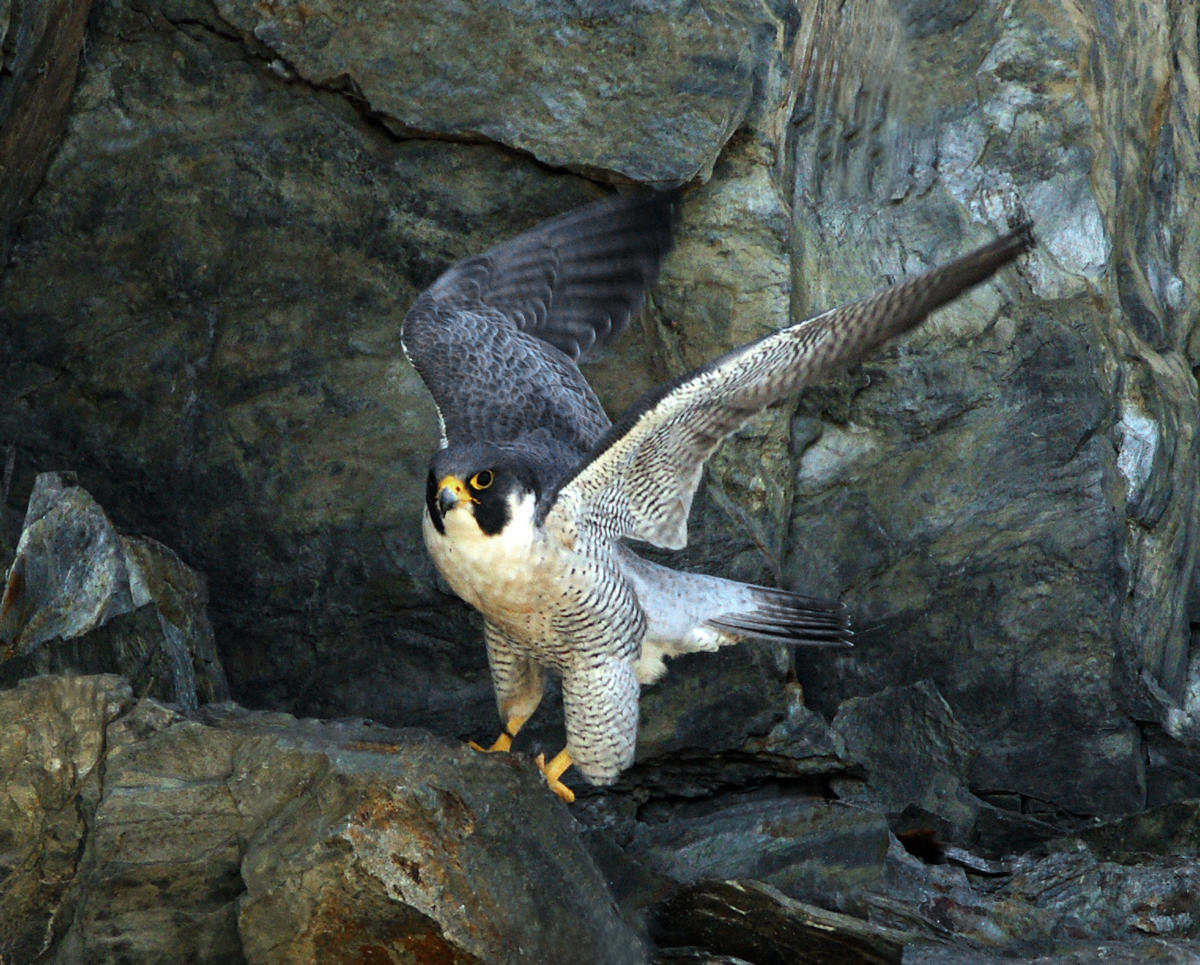Stamp: Gyrfalcon (Falco rusticolus) (Russia 2024)
Gyrfalcon (Falco rusticolus) (Russia 2024)
27 April (Russia ) within release Russian Society for Protection of Nature, Centenary goes into circulation Stamp Gyrfalcon (Falco rusticolus) face value 70 Russian ruble
| Stamp Gyrfalcon (Falco rusticolus) in catalogues | |
|---|---|
| Colnect codes: | Col: RU 2024.04.27-01a |
Stamp is vertical format.
stamp from mini-sheetAlso in the issue Russian Society for Protection of Nature, Centenary:
- Stamp - Black Sea Bottlenose Dolphin (Tursiops truncatus ponticus) face value 70;
- Stamp - Carpenter Bee (Xylocopa sp) face value 70;
- Stamp - Gyrfalcon (Falco rusticolus) face value 70;
- Stamp - Polar Wolf (Canis lupus) face value 70;
Stamp Gyrfalcon (Falco rusticolus) it reflects the thematic directions:
Animals are multicellular, eukaryotic organisms of the kingdom Animalia (also called Metazoa). All animals are motile, meaning they can move spontaneously and independently, at some point in their lives. Their body plan eventually becomes fixed as they develop, although some undergo a process of metamorphosis later on in their lives. All animals are heterotrophs: they must ingest other organisms or their products for sustenance.
An anniversary is the date on which an event took place or an institution was founded in a previous year, and may also refer to the commemoration or celebration of that event. For example, the first event is the initial occurrence or, if planned, the inaugural of the event. One year later would be the first anniversary of that event. The word was first used for Catholic feasts to commemorate saints. Most countries celebrate national anniversaries, typically called national days. These could be the date of independence of the nation or the adoption of a new constitution or form of government. The important dates in a sitting monarch's reign may also be commemorated, an event often referred to as a "Jubilee".
Birds (Aves), a subgroup of Reptiles, are the last living examples of Dinosaurs. They are a group of endothermic vertebrates, characterised by feathers, toothless beaked jaws, the laying of hard-shelled eggs, a high metabolic rate, a four-chambered heart, and a strong yet lightweight skeleton. Birds live worldwide and range in size from the 5 cm (2 in) bee hummingbird to the 2.75 m (9 ft) ostrich. They rank as the class of tetrapods with the most living species, at approximately ten thousand, with more than half of these being passerines, sometimes known as perching birds. Birds are the closest living relatives of crocodilians.
Birds of prey or predatory birds, also known as raptors, are hypercarnivorous bird species that actively hunt and feed on other vertebrates (mainly mammals, reptiles and smaller birds). In addition to speed and strength, these predators have keen eyesight for detecting prey from a distance or during flight, strong feet with sharp talons for grasping or killing prey, and powerful, curved beaks for tearing off flesh. Although predatory birds primarily hunt live prey, many species (such as fish eagles, vultures and condors) also scavenge and eat carrion
Adult falcons have thin, tapered wings, which enable them to fly at high speed and change direction rapidly. Fledgling falcons, in their first year of flying, have longer flight feathers, which make their configuration more like that of a general-purpose bird such as a broad wing. This makes flying easier while learning the exceptional skills required to be effective hunters as adults.





